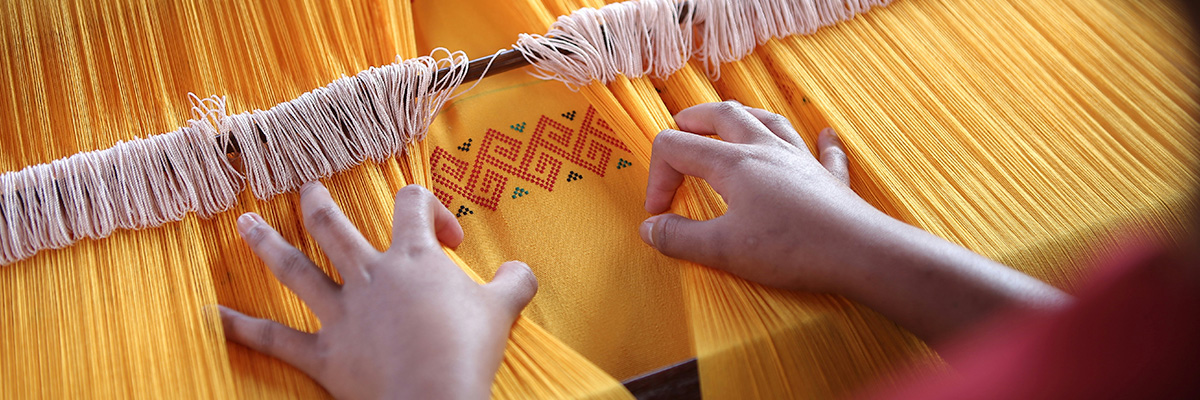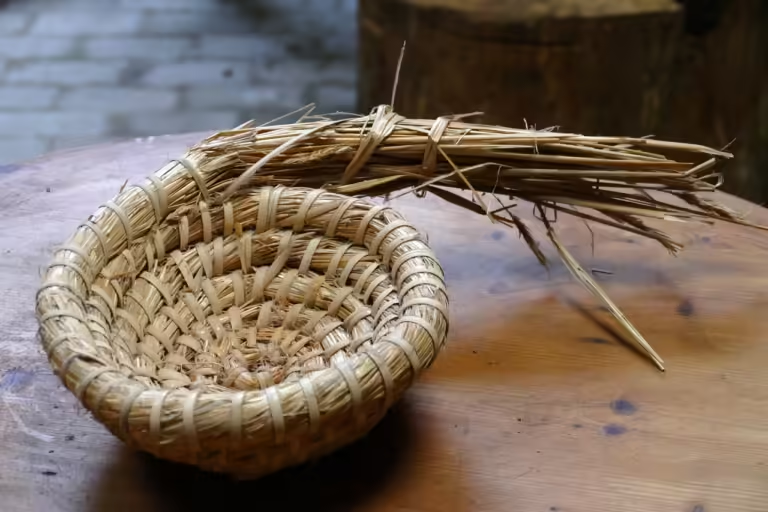Step-by-Step Guide How to Weave a Rug at Home
Rug weaving, an age-old craft, is a creative endeavor that lets you create durable, unique pieces right in the comfort of your home. This fascinating process of interlacing threads is not only a practical skill but also a therapeutic hobby. Weaving your own rug at home comes with a plethora of benefits. It’s an opportunity to personalize your space, ensure the quality of materials used, and even save money in the long run. Plus, it’s a rewarding experience to use a rug that you’ve stitched together with your own hands.
Materials Needed
The materials required for rug weaving include a loom, warp threads, yarn for the weft, a loom hook, scissors, and a needle. Depending on the design and technique, you might also need additional tools or materials. Many craft stores carry rug weaving supplies, and there are also numerous online retailers that specialize in these materials. When purchasing, keep in mind the quality and durability of the items since they’ll have a direct impact on your final product.
Setting Up Your Workspace
Choose a quiet, well-lit area for your weaving. This space should be comfortable and spacious enough to accommodate your loom and other weaving materials. A clutter-free environment will aid in maintaining focus and precision. Setting up the loom is a critical step in the weaving process. Position your loom on a flat surface and ensure it’s stable. The warp threads should be strung tightly and evenly across the loom to facilitate smooth weaving.
Preparing the Yarn
The yarn you choose will determine the texture and appearance of your rug. Consider factors like thickness, fiber content, and color when selecting your yarn. Before you start weaving, prepare the yarn by winding it into manageable balls or cones. This will prevent tangles and ensure a smooth flow of yarn while you weave.
Warping the Loom
Warping the loom involves setting up the longitudinal threads, or warp, which serve as the backbone of your rug. This process is crucial as it determines the width and strength of your rug. Start by securing the end of your warp thread to the loom. Then, pass the thread through the loom’s slots, alternating between the top and bottom. Ensure the threads are evenly spaced and tightly secured.
Weaving the Rug
There are multiple weaving techniques you can utilize, such as plain weave, twill, or rya knots. Each technique gives a different texture and look to the rug. To weave, pass your weft thread over and under the warp threads using a loom hook. Keep repeating this process, making sure to maintain even tension throughout.
Adding Fringe (Optional)
Fringe can add a decorative element to your rug. To add fringe, cut equal lengths of yarn and tie them onto the warp threads at the ends of your rug. When styling the fringe, you can leave it straight, twist it, or even add beads for a unique touch.
Finishing Touches
Once you finish weaving, secure the ends of the rug by tying off the warp threads. This prevents the rug from unraveling and ensures its durability. Trim any excess yarn from the rug to give it a neat appearance. You can also use a comb to straighten the fringe and give your rug a professional finish.
The rug weaving process, while requiring patience and precision, is an immensely gratifying creative pursuit. The end product—a beautiful, handmade rug—is a testament to your skill and creativity. So why not give rug weaving a try? The satisfaction of walking on a rug that you have woven yourself is unparalleled. Happy weaving!
FAQ
1. What materials are needed for rug weaving at home?
To weave a rug at home, you will need a loom, warp threads, yarn for the weft, a loom hook, scissors, and a needle. Depending on the design and technique, additional tools or materials may be required. It’s essential to choose high-quality and durable materials for the best results.
2. How should I set up my workspace for rug weaving?
Choose a quiet, well-lit area that is comfortable and spacious enough to accommodate your loom and weaving materials. Ensure the environment is clutter-free to aid in focus and precision. Position your loom on a stable, flat surface and string the warp threads tightly and evenly to facilitate smooth weaving.
3. What is the process of warping the loom in rug weaving?
Warping the loom involves setting up the longitudinal threads, or warp, which form the foundation of your rug. Begin by securing the end of the warp thread to the loom and pass it through the loom’s slots, alternating between the top and bottom. It’s crucial to ensure the threads are evenly spaced and tightly secured for the strength and width of the rug.
4. How can I add fringe to my woven rug?
Adding fringe to your rug is optional but can enhance its decorative appeal. Cut equal lengths of yarn and tie them onto the warp threads at the ends of your rug to create fringe. You can leave the fringe straight, twist it, or even add beads for a unique touch. After weaving, secure the ends of the rug by tying off the warp threads and trim any excess yarn for a neat finish.



